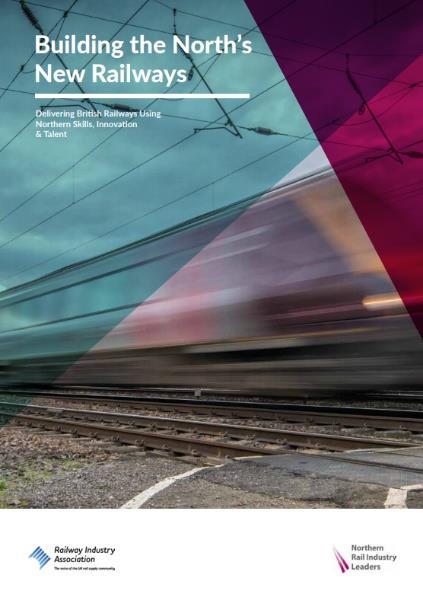22
| Doc ref: NRIL-2020-10-23 – Issue 1
6.SUMMARY In response to increasing concerns over transport emissions, the UK Government is seeking to curtail the use of fossil fuels in transport in favour of renewable alternatives. These emissions contribute to global warming, as well as being damaging to health. As rail’s contribution, the industry has been tasked with removal of all conventional diesel traction from service by 2040.
Since the strategy is expected to cover the period up to 2050, it is not expected that it will dictate the technical solution to be applied to every route covered in some cases many years ahead of implementation. Solutions will be determined as routes become due for diesel replacement, allowing decisions to be made based upon the current ‘state of the art’.
Railways in the North of England are heavily dependent on diesel traction, and alternatives must be found if services are to continue. Possible solutions, including combinations thereof, are:
Early stages of the strategy implementation will rely heavily on the lessons learnt from early deployment schemes, such as the Windermere BEMU and Tees Valley HMU projects; these will help to inform planners of the strengths, weaknesses, costs and benefits of different technical approaches, helping to kick-start the traction decarbonisation process.
• • • •
Electrification, Battery power, Hydrogen power Combinations of battery-electric or hydrogenelectric hybrids and bi-modes
The appropriate solution will be determined by route and service characteristics, combined with the level of demand. In some cases, where electrification is a long way in to the future, battery or hydrogen options may offer a valuable low-carbon transition stage between current diesel operation and future full electrification. All of these solutions can be provided using renewable energy, offering the prospect of clean, zero-carbon rail transport in the future. However, each solution has strengths and weaknesses and costs are significant. Given the size of the task ahead, it is vital that a start be made on this process, a first step being to establish operator strategies for the planned replacement of diesel traction by environmentally friendly alternatives using renewable energy. These strategies, which will fit within the operator’s wider decarbonisation strategy, will dictate the programme for network conversion away from diesel. This programme will be influenced by the condition of existing diesel assets, any confirmed schemes for electrification and the presence of local air quality hotspots which could be benefited by replacement of existing diesel services with clean alternatives.
Cost is a vital factor if the delicate socio-economic balance that justifies provision of many services is not to be undermined. It is imperative, therefore, that dieselreplacement technologies can evolve quickly to the point whereby new fleets are comparable in both purchase and operating costs (including energy or fuel costs) to the diesel vehicles they replace. In the short term, some advantage may be gained from modification of existing diesel fleets with cleaner, more efficient propulsion systems or by use of low or zerocarbon fuels; these could produce useful environmental benefits, particularly in terms of air quality, during the remainder of the lives of these fleets. In some cases, modification may even allow newer diesel fleets to remain in service past 2040; currently, these fleets are set to enjoy a much shorter service life than would otherwise be expected.
The ultimate goal, however, will be the removal from service of all conventional diesel rail vehicles by 2040, with all remaining diesel vehicles following by 2050.


